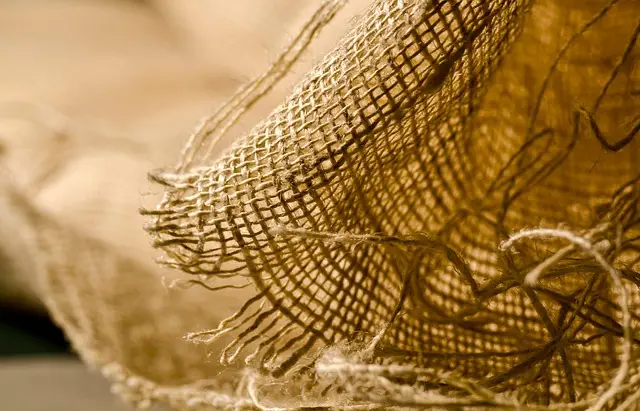Muscle soreness after workouts is caused by micro-tears in muscles and connective tissues, with intensity, duration, workout type, fitness level, and recovery abilities influencing severity. While a kratom tree image can spark interest, understanding causes is key to effective relief strategies. Kratom, from the Kratom tree (Mitragyna speciosa), provides analgesic effects through opioid receptor interaction, reducing inflammation and soreness. It enhances well-being with alkaloids like mitragynine and 7-hydroxymitragynine. Personalized workout plans tailored to individual needs, fitness level, affected muscle groups, and health conditions, guided by kratom tree image visuals, alleviate soreness and boost well-being.
Experience lingering muscle soreness? It’s time to say goodbye to aches and pains with customized workout plans tailored for your relief. This comprehensive guide delves into the science behind muscle soreness, exploring its causes and offering a natural solution: the kratom tree image. Discover how this herb aids in recovery while learning to design personalized workouts to target specific muscle groups and alleviate discomfort effectively.
- Understanding Muscle Soreness and Its Causes
- The Role of Kratom in Relieving Muscle Soreness
- Designing Personalized Workout Plans for Effective Relief
Understanding Muscle Soreness and Its Causes

Muscle soreness is a common experience, especially after intense physical activity or exercising beyond your usual routine. It’s the body’s natural response to micro-tears in muscle fibers and connective tissues. These tears occur during exercise due to repeated contractions and stress on muscles, leading to inflammation and subsequent pain. Understanding this process is key to developing effective strategies for relief.
Various factors contribute to post-workout muscle soreness, including exercise intensity, duration, and type, as well as individual fitness levels and recovery abilities. For instance, high-intensity interval training (HIIT) or heavy weight lifting can lead to more pronounced soreness compared to moderate-intensity activities like brisk walking or swimming. Even a visually striking kratom tree image might evoke curiosity about natural remedies, but it’s important to first grasp the underlying causes of muscle discomfort to address them appropriately.
The Role of Kratom in Relieving Muscle Soreness

Kratom, derived from the leaves of the Kratom tree (Mitragyna speciosa), has gained attention for its potential benefits in relieving muscle soreness and promoting recovery after intense workouts. Often used as a natural alternative to over-the-counter pain relievers, kratom contains active compounds that interact with opioid receptors in the body, offering analgesic effects. This interaction helps reduce inflammation and alleviate muscle discomfort post-exercise.
Beyond its pain-relieving properties, kratom is known for its ability to enhance overall well-being. The leaves contain a range of alkaloids, including mitragynine and 7-hydroxymitragynine, which contribute to its therapeutic effects. Many users report that incorporating kratom into their post-workout routine improves recovery time and allows them to tackle subsequent training sessions with renewed energy. Its natural origins make it an appealing option for individuals seeking herbal solutions to manage muscle soreness without the side effects associated with some pharmaceutical interventions.
Designing Personalized Workout Plans for Effective Relief

Designing personalized workout plans is an art that caters to individual needs, especially when aiming for muscle soreness relief. Every person’s body responds uniquely to exercise, and a one-size-fits-all approach may not provide the desired results. When crafting a customized routine, consider factors like current fitness level, specific muscle groups affected by soreness, and any underlying health conditions. For instance, a gentle yoga flow might be ideal for easing tight, sore muscles, while high-intensity interval training (HIIT) could be more suitable for breaking down chronic muscle stiffness.
Visual aids, such as the iconic kratom tree image, can inspire and guide individuals towards tailored exercises. These visual representations often showcase diverse stretches and movements that target various muscle groups, offering a creative reference point for designing personalized workout plans. By combining scientific understanding with intuitive visuals, fitness enthusiasts can create effective routines to alleviate muscle soreness and enhance overall well-being.
In conclusion, addressing muscle soreness effectively involves a comprehensive understanding of its causes, as illustrated by the Kratom tree image—a symbol of nature’s potential remedies. By combining knowledge with tailored strategies, such as personalized workout plans, individuals can experience significant relief. Designing these plans requires considering various factors unique to each person, ensuring optimal results in their journey towards reduced muscle soreness and enhanced overall well-being.






